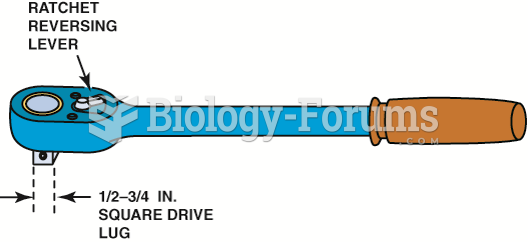Answer to Question 1
Correct Answer: 1,2,3,5
Rationale 1: In this medication error, the client does not receive the drug as the health care provider intended it to be given.
Rationale 2: In this medication error, the client does not receive the drug the health care provider intended to be given.
Rationale 3: In this medication error, the client does not receive the drug at the time the health care provider intended it to be given.
Rationale 4: The delivery of the medication is recorded on the medical administration record (MAR); the nurse does not report to the pharmacy each time a medication has been given.
Rationale 5: In this medication error, the client does not receive the dose of the drug the health care provider intended to be given.
Global Rationale: Medication errors include the wrong drug being administered, the wrong route being used, the wrong time, and the wrong dose. The delivery of the medication is recorded on the medical administration record (MAR); the nurse does not report to the pharmacy each time a medication has been given.
Answer to Question 2
Correct Answer: 4
Rationale 1: Lack of communication is not indicated in the scenario.
Rationale 2: There is no indication of name confusion.
Rationale 3: There is no indication the products were inappropriately labeled.
Rationale 4: This was a human factor. The dosage was miscalculated.
Global Rationale: This was a human factor. The dosage was miscalculated. Lack of communication is not indicated in the scenario. There is no indication of name confusion or that the products were inappropriately labeled.







